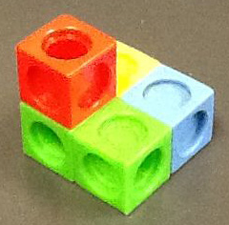Once again, I am not using a website, as I felt that I needed to write a new post to go deeper about the techniques I breifly mentioned in post sixteen. My art teacher, Ms.Lehtonen did a whole unit about perspective drawing. In that unit she taught us how to draw in that way and how the mathematical techniques that are used.
I already mentioned that you always need to use a ruler, but that is not all. There are only certain amount of lines that are used. these lines are vertical, and diagonal pointing to either of the vanishing points. These lines will create angles which will help you know how big the other corners will be. The angle made in one corner of ( a building ), will be the same as the all the corners that look like they are in that position.

This image greatly describes how each corner is the same as if a mirror is placed between each horizontal line, the other corner will be equal.





